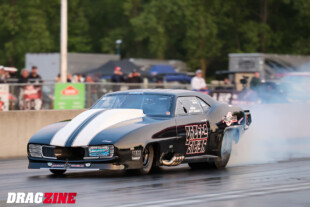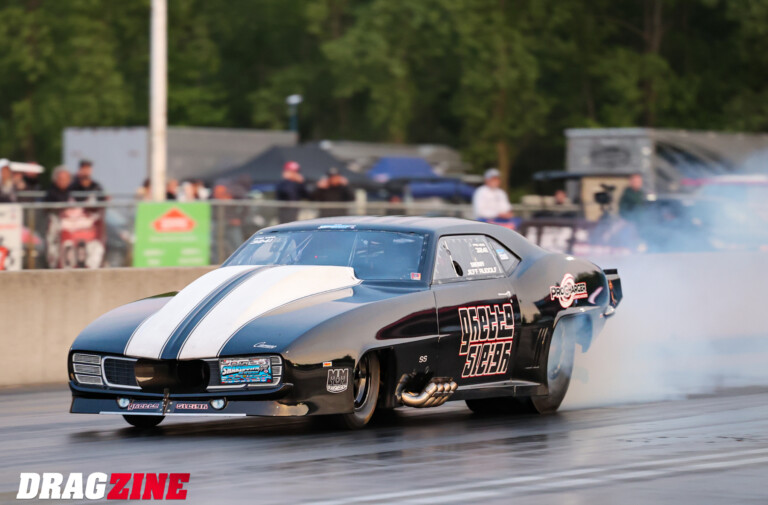Braking is an art that a racing driver truly masters last. Not only is braking at the limit an immensely challenging task, but doing it around other drivers vying for the same piece of tarmac is daunting, draining, and demanding. Nerves get the best of everyone in hard-fought braking zones, and the mistake most often made by amateurs is being too tentative. It pays to go in with a bit of gusto, to present themselves authoritatively, and to take a piece of real estate as if theirs. This might sound overly ambitious or risky, but generally speaking, dithering on the way into a pass is more likely to cause a crash.
The overtaking driver, unsure of how hard to commit to this move, quickly runs out of options when braking at the limit and finding their opponent crossing over on them. Additionally, some drivers, like the man in the footage above, will try to steer out of the way when they feel they’re about to run into the driver ahead. If they’re already braking on the limit, adding steering lock will cause the tire to slide, extend the braking distance, and make a collision all the more likely!

While threshold braking, steering in to take evasive action only increases the chances of making contact.
Often times, the driver behind doesn’t see this person arriving upon them, and turns into them. Worse yet, the blame typically falls on the following driver, who is seen as wholly responsible for the collision. As most categories’ etiquette dictates that the overtaking driver must present themselves alongside before the corner—specifically with their front wheels ahead of their rival’s rears—this makes some sense. It also brings us to another critical aspect of overtaking: appropriate car placement relative to the leader.
When the chance to brake down the inside arises, some attacking drivers will commit too soon and too far inside the corner. It is far safer and more likely to succeed if the attacking driver follows his competitor into the corner somewhat; braking alongside—and just after their rival. This has the effect of slightly cramping the outside man’s style, but also lets them know they’re there, and in the event of relenting on the way into the corner, offers the attacker more room to work with and a better exit. This way, they can remain in contention and stage an attack at the next corner.

Note the brake lights and the onboard braking trace. The overtaking driver cannot brake with the same speed, force, and distance and hope to make the pass.
To improve the chances of being seen, one should try to avoid “setting up too far inside, out of sight of the other driver,” says Continental Challenge racer and Simraceway lead instructor, Nico Rondet. “This is worse in modern cars,” he adds, “where we sit lower, and thick cage tubing, A-pillars, nets, and seats with helmet bolsters obscure our vision.” Though it might not seem it, “ Staging a passing attempt closer is better and safer for both drivers,” adds Rondet.
Avoid these common mistakes, get comfortable running alongside a rival, and show them who’s boss without resorting to mere bullying—you’ll find people will leave the door open more often than you might think.





















